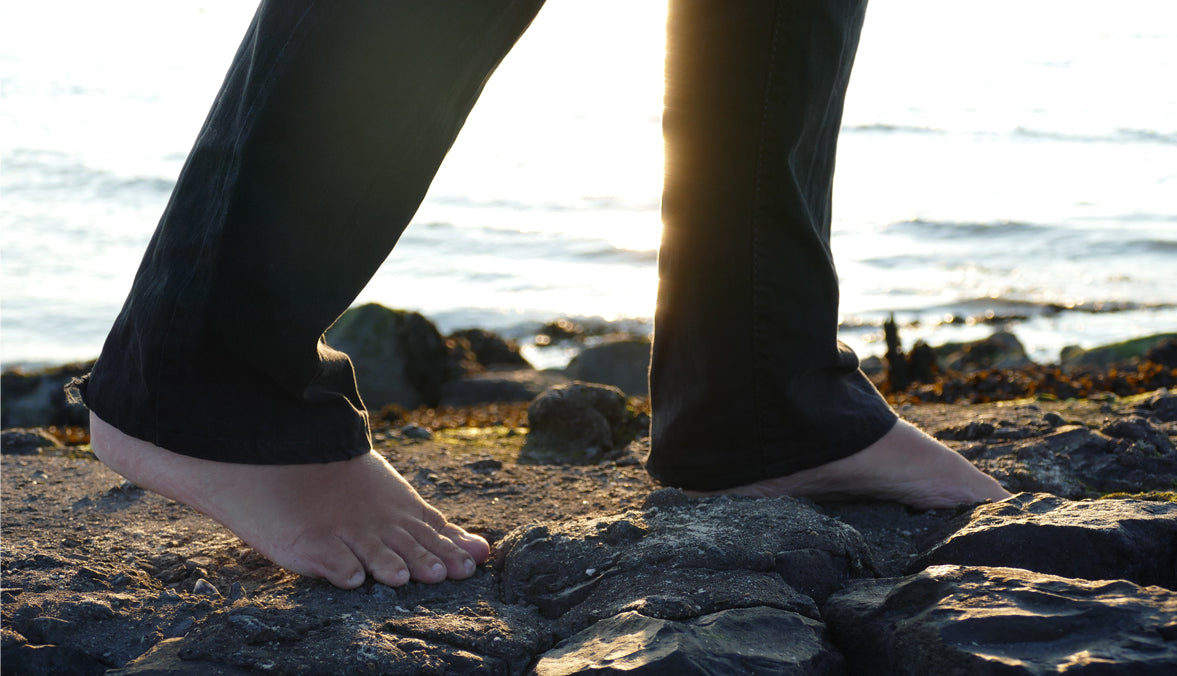
Learn about the different foot wounds
Feet are one of the most courageous parts of the human body, but when they suffer an injury, they can compromise something that seems as simple as supporting our weight or affecting our ability to move.
Wounds on the feet are usually called ulcers, a term that implies some major complication of skin function. Do you know how to identify different types of foot injuries?
We will show you five (5) types of foot wounds:
A traumatic wound - a cut or a puncture - is the one we identify most easily because it happens when we step on a foreign or sharp object. Open wounds require immediate attention and, depending on the case, may require anything from a wound cleaning and dressing and a tetanus shot to surgical intervention.
Diabetes can damage the nerves and blood vessels in the feet. This damage can cause numbness and reduced sensation in the feet. If you get a blister, you may not notice it. You may not even feel any pain at all, but it can be worse if you don't pay attention.
Neuropathic wounds are also known as diabetic wounds. They result from skin breakdown from pressure on an area of the foot, often around the calloused skin.
The resulting skin breakdown causes detached wounds -dead skin - that are difficult healing, and are also subject to infection. Since neuropathic wounds are difficult to treat, regular foot examinations and care is essential.
Some recommendations for these cases:
- Wear shoes made of canvas, leather, or suede. Do not wear shoes made of plastic or other material that does not allow air circulation.
- Wear shoes that you can easily adjust. They should have laces, Velcro, or buckles.
- Wear shoes that fit properly, and are not too tight. You may need a specific shoe made to fit your foot.
- Do not wear open-toed or open-toed shoes, such as high heels, flip-flops, or sandals.
Arterial wounds, also known as arterial ulcers, are painful injuries in your skin caused by poor circulation. Arterial ulcers typically happen when blood does not flow into the lower extremities, like the legs and feet.
Arterial ulcers are characterized by a punched-out look, usually round in shape, with well-defined, even wound margins. These types of wounds are often found between or on the tips of the toes, on the heels, on the outer ankle, or where there is pressure from walking or footwear.
Venous wounds are caused by smaller veins malfunctioning, leading to fluid accumulation and skin fragility. Fluid can also separate the layers of skin, resulting in open wounds that are vulnerable to infection.
Bedsores — also called pressure ulcers and decubitus ulcers — are injuries to the skin and underlying tissue resulting from prolonged pressure on the skin. Bedsores most often develop on skin covering bony areas of the body, such as the heels, ankles, hips, and tailbone.
People at increased risk for bedsores have medical problems that limit their ability to change position or cause them to spend most of their time in a bed or chair.
Pressure ulcers can start with redness and develop into open, draining wounds deep enough to involve bone. Once the skin is broken, it is complicated to heal and can be extremely painful.
Symptoms
Warning signs of bedsores or pressure ulcers are:
- Unusual changes in skin color or texture
- Swelling
- Pus-like draining
- An area of skin that feels cooler or warmer to the touch than other areas
- Tender areas
If you live with diabetes or any other condition that compromises the circulation in your legs and feet, please talk to your podiatrist about wound prevention and treatment.
These are all serious foot injuries rarely explained to us, and perhaps that's why prevention is underestimated. We hope it has been helpful, and that you will continue with us learning about our feet.
References
National Institute of Diabetes and Digestive and Kidney Disease website. Diabetes and foot problems. www.niddk
https://www.mayoclinic.org/diseases-conditions/bed-sores/symptoms-causes/syc-20355893







